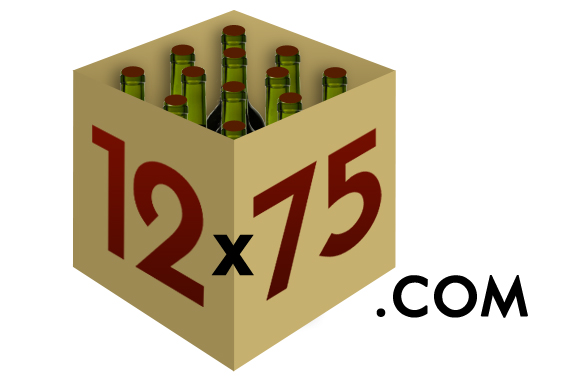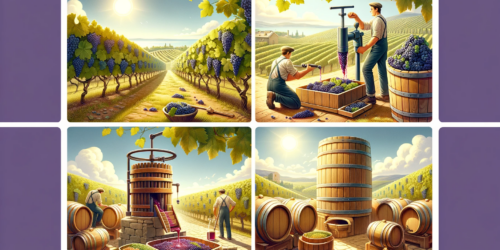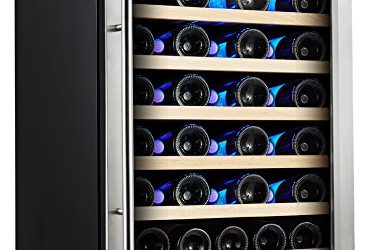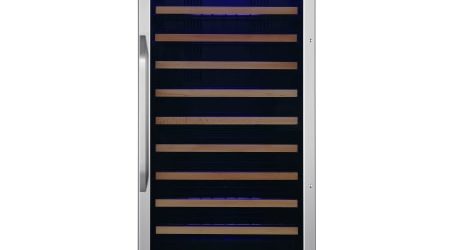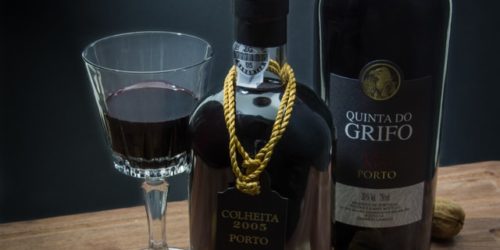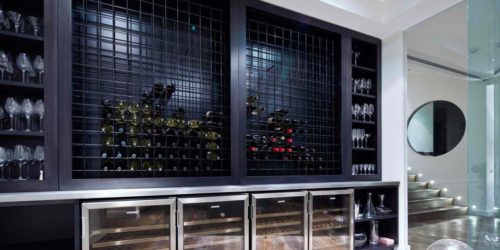How the Rhone Valley is benefitting from market breadth
Liv-ex reported on their 28th January blog that Burgundy is fast becoming the favourite alternative to Bordeaux as the market has broadened. They mention DRC of course, and a few other high profile producers such as Comte de Vogue, Raveneau and Bouchard Pere et Fils, but you might notice there are a couple of other names achieving a decent share of the non-Bordeaux market who you might not recognise as Burgundy producers – and that’s because they’re not.
The wines of Michel Chapoutier with their distinctive labels containing braille are well known as some of the best wines from the Rhone Valley. His rugged, unfiltered wines are impeccably balanced and perfectly crafted wines that tend to seduce drinkers that love the deep, peppery flavour of the Syrah grape. Similarly Guigal is one of the most famous names from the Rhone, making exceptional wines across countless appellations including Châteauneuf-du-Pape.
We haven’t talked much about the Rhone in this blog so far but it is worthy of our attention, especially now that the market has shown a slight drift, temporarily at least, away from Bordeaux. And let’s not forget, the most revered expert on Bordeaux, Robert Parker, has such an affection for the Rhone, that he has written books about it, rating some of the wines among his all-time favourites.
The Rhone Valley is divided into the North and the South, and the North is dominated by the great Syrah-based wines of Hermitage, St Joseph and Côte-Rôtie. The south is best known for the popular Châteauneuf-du-Pape, although many of its admirers don’t realise how diverse a wine it really is. 13 grape varieties are permitted in Châteauneuf, 9 red and 4 white, and wines tend to be blended (although there are some great wines made only from Grenache) so from one producer to another the wines will often have little in common.
The great thing about the wines of the Rhone is that like Bordeaux, they are built to last with a robust structure and great complexity that means they are truly the investor’s friend. Even despite Parker’s enthusiasm though, they have never received the same level of attention as Bordeaux. The best of the best (from producers like Guigal and Chapoutier) will fetch high prices at auction but there are still a lot of wines that remain largely undiscovered by wine investors. Vintage is important, and a good vintage for the Syrah-based wines of the North does not necessarily mean that Grenache will have thrived in the pebble-covered soils of Châteauneuf-du-Pape, and vice versa. Investors interested in the Rhone should choose their vintage and wine carefully on that basis. Some white wine is made in the Rhone, even in Chateauneuf, but it tends to be an enjoyable novelty for the drinker rather than a shrewd investment. Likewise the Viognier-based whites of Condrieu and the somewhat rare Chateau Grillet are some of the most aromatic wines in the world, but do not have the ageing capacity to be investment wines.
Producers whose wines fetch high prices at auction currently include Paul Jaboulet Aine, Beaucastel, Chapoutier, J.L. Chave, Guigal, Chateau Rayas. There are plenty of others just waiting for their time in the spotlight though, and many can be purchased at a fraction of the price of the usual suspects in Bordeaux or Burgundy. Again, watch this space.
